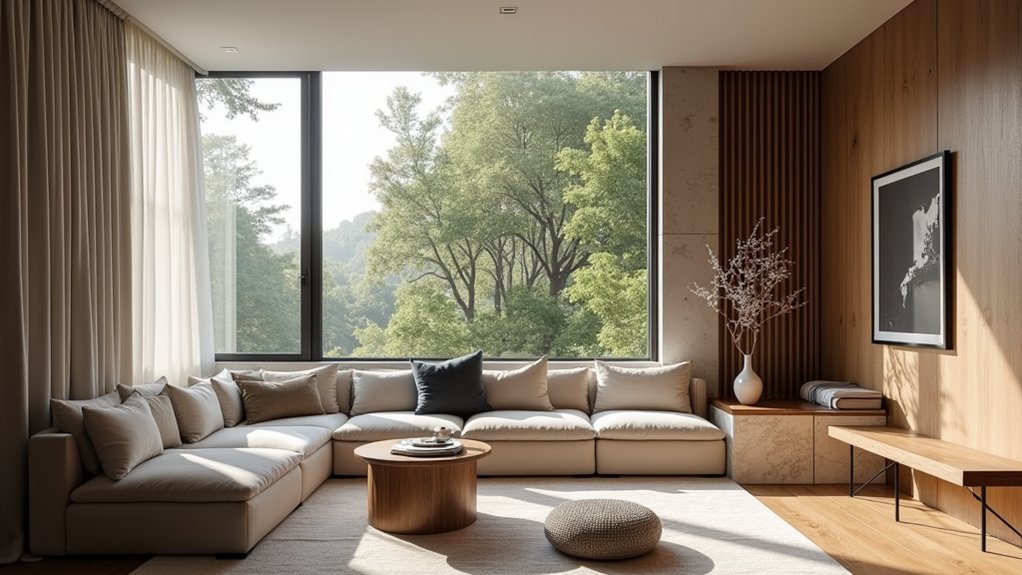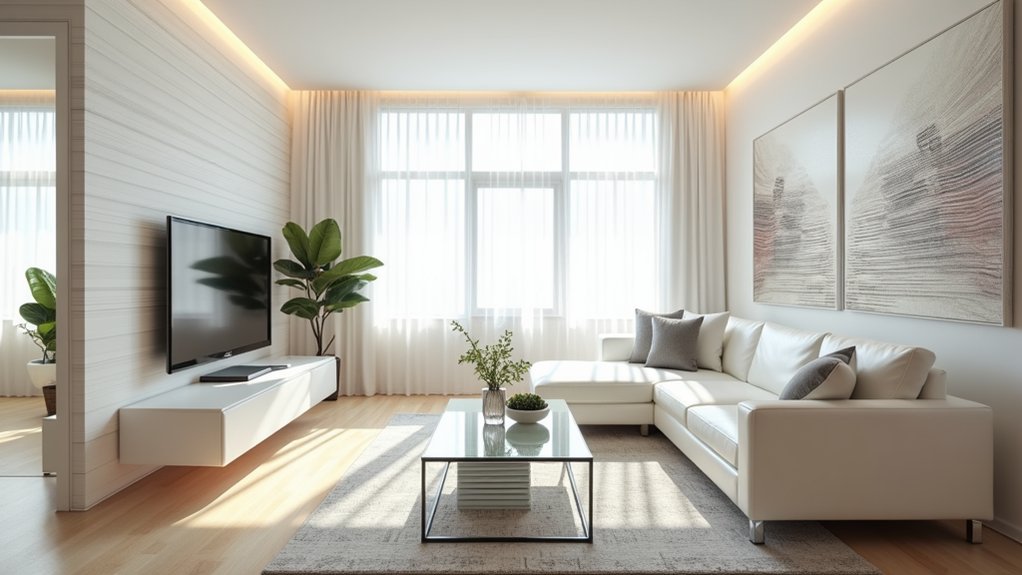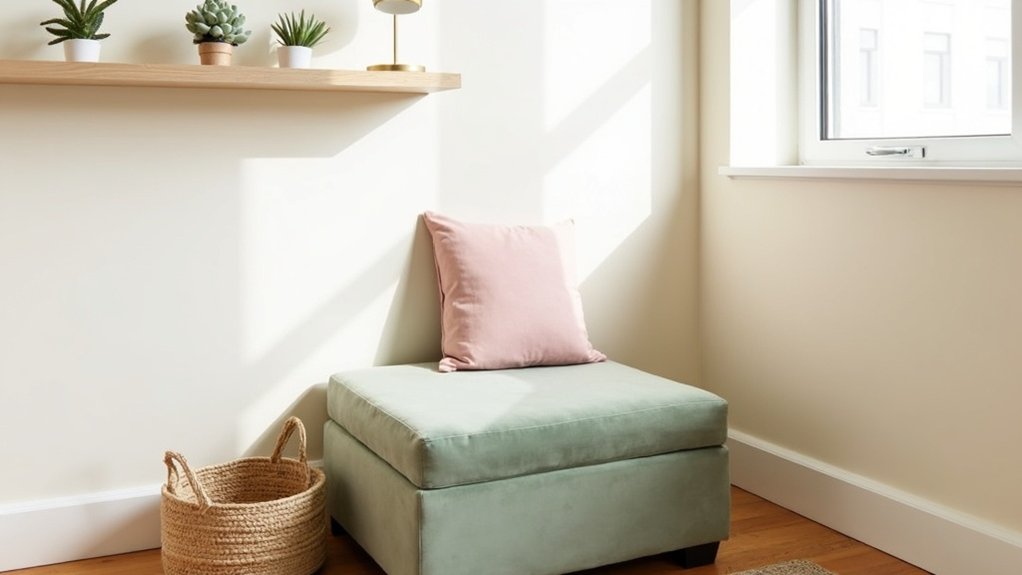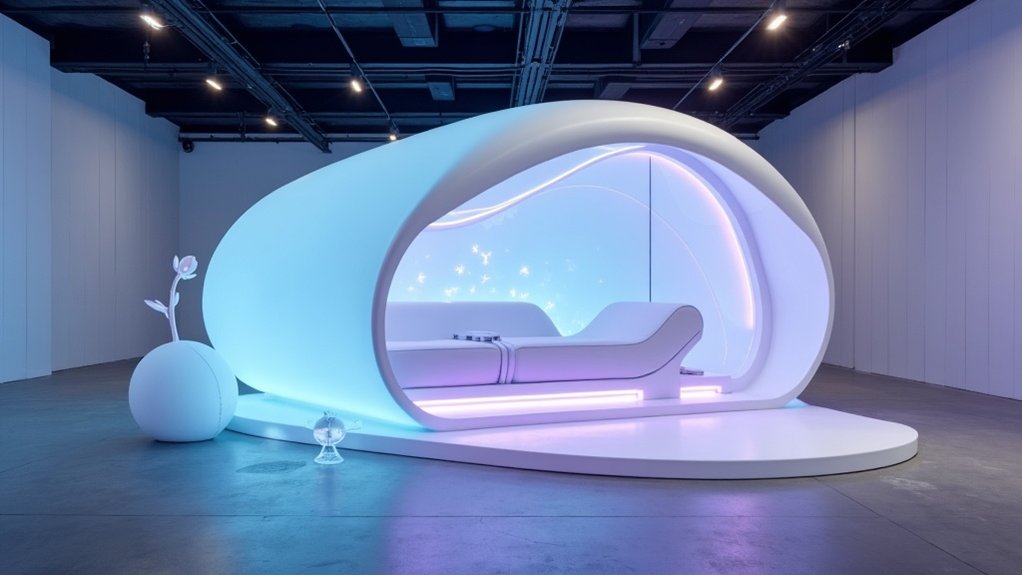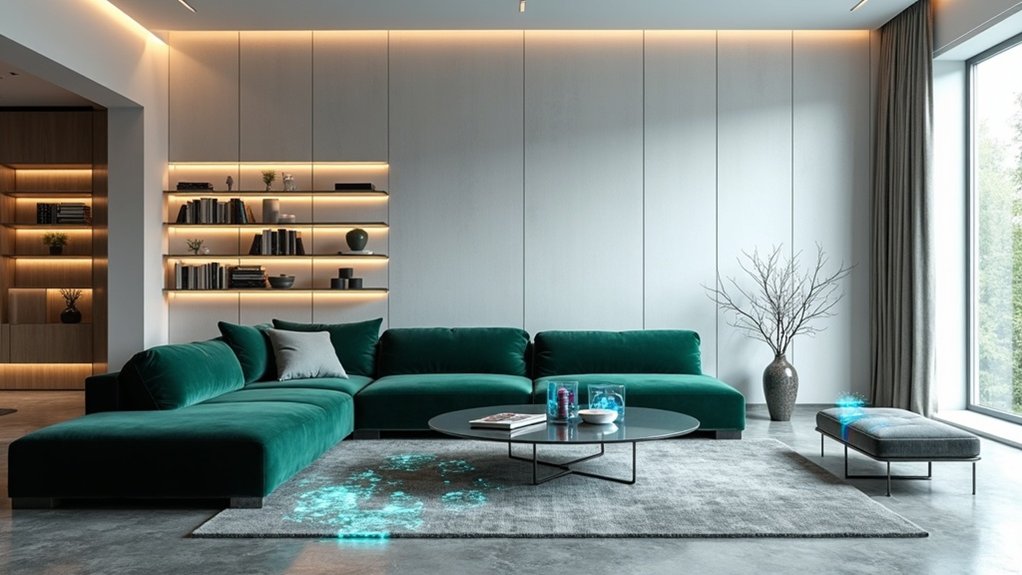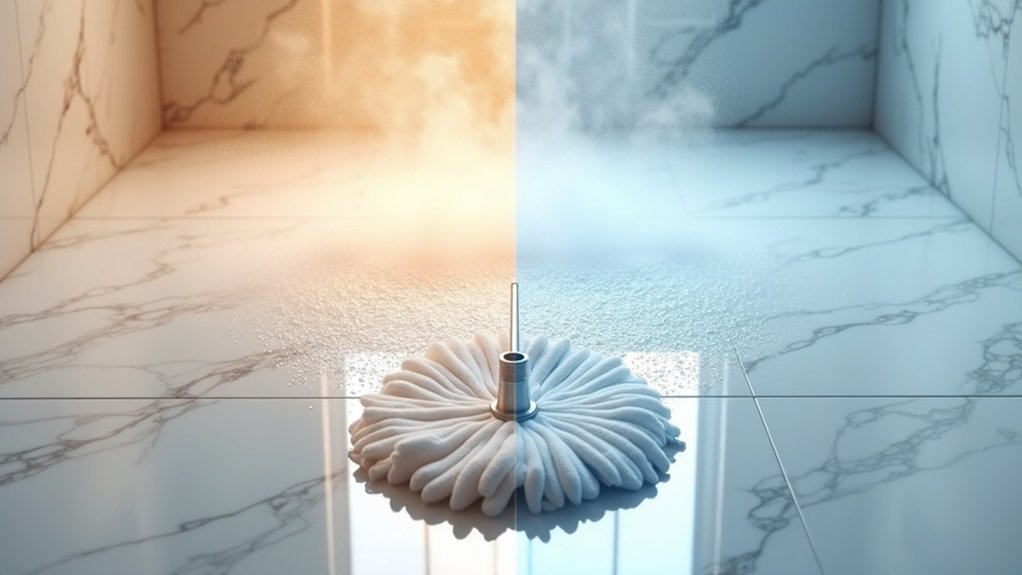While the challenges of small-space living continue to rise in urban areas, homeowners are uncovering innovative ways to maximize every square foot of their dwellings through strategic design choices.
Interior design experts are witnessing a significant shift toward sophisticated solutions that combine functionality with luxury, transforming compact spaces into elegant sanctuaries.
The vertical expansion of living spaces has emerged as a cornerstone of modern small-home design. Floor-to-ceiling cabinetry, tall shelving units, and cleverly positioned wall-mounted fixtures optimize storage while maintaining precious floor space. Design specialist Sarah Chen notes, “By drawing the eye upward with strategically placed artwork and lighting, we create an illusion of height that dramatically improves the perceived dimensions of any room.” Many designers are moving away from high gloss finishes in flooring to create more timeless, welcoming spaces. The integration of reclaimed wood elements adds rustic charm while maintaining the farmhouse aesthetic that continues to evolve in 2025. Incorporating natural materials into the design can enhance both visual appeal and occupants’ well-being.
Color plays a pivotal role in this transformation, with 2025’s trending soft pastels and strategic lighting working in harmony to create an atmosphere of spaciousness.
Neutral palettes punctuated by bold accents, combined with reflective surfaces and mirrors, amplify natural light and encourage an impression of expanded space. This approach is particularly effective when paired with multi-functional furniture pieces, such as expandable dining tables and storage ottomans, which adapt to varying needs throughout the day.
The incorporation of natural materials has become increasingly significant in small-space design. Woven textures, organic patterns, and biophilic elements not only add warmth but also contribute to occupants’ well-being.
The trend toward pattern-drenching, where a single print appears across multiple surfaces, creates visual cohesion in compact environments while embracing 2025’s luxe maximalism aesthetic.
Technology integration has revolutionized small-space living, with built-in charging stations and voice-controlled systems reducing visible clutter.
The seamless connection between indoor and outdoor spaces through large windows and coordinated finishing materials effectively extends living areas beyond physical walls.
As urban living spaces continue to shrink, these sophisticated design solutions demonstrate that limited square footage need not compromise style or functionality, proving that small spaces can truly serve as luxurious retreats.
